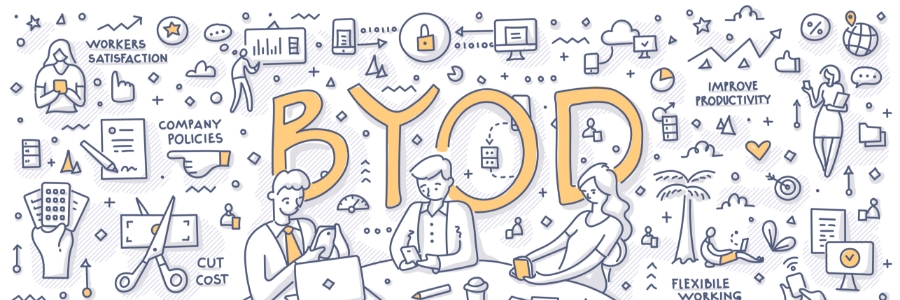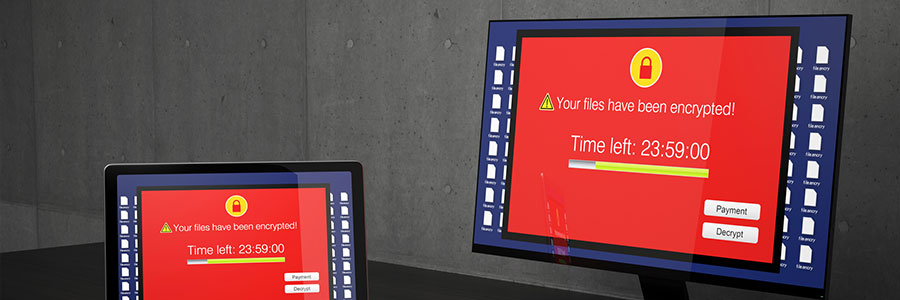These days, cybersecurity isn’t the sole responsibility of IT departments; it’s a collective effort involving every employee. According to Verizon's 2023 Data Breach Investigations Report, 74% of breaches involved the human element, such as misuse, social engineering attacks, and simple errors.
How to establish a strong cybersecurity culture at work
Enhancing business security: The role of two-factor authentication and two-step verification
The state of ransomware in 2023: Figures, trends, and notable attacks so far
What to consider when choosing a VPN solution
5 Ways cloud technologies drive cybersecurity and digital transformation

Two things are true in today's business landscape: cyberattacks are getting more sophisticated, and digital transformation is a necessity for success. Cloud technologies have emerged as a game-changer, offering both a robust framework for safeguarding data and facilitating seamless digital transformation.
5 Common ways SMBs’ systems can be breached
7 Tried-and-tested strategies to keep your IT infrastructure secure
Unveiling the invisible threat: Exploring the world of fileless malware

With its ability to evade traditional antivirus solutions, fileless malware poses a significant challenge to organizations and individuals alike, as it can cause severe damage without leaving any traces behind. In this article, we will delve into the intricacies of fileless malware, explore how it works, and discuss effective strategies to protect against this invisible threat.
5 Crucial steps to increasing BYOD security

Bring your own device (BYOD) arrangements have become increasingly popular in today's workplace, enabling employees to use their personal devices to access work-related applications and data. However, BYOD also presents a security risk, as personal devices may not be as thoroughly protected as corporate devices.
Shadow IT: Why it’s dangerous and how you can protect your business against it

Shadow IT, or the use of technology within a company without the approval or knowledge of the IT department, is increasingly becoming a problem for businesses. The proliferation of cloud services, coupled with the rise of remote work, has made it easier than ever for employees to use outside applications without their employer’s knowledge or consent.





